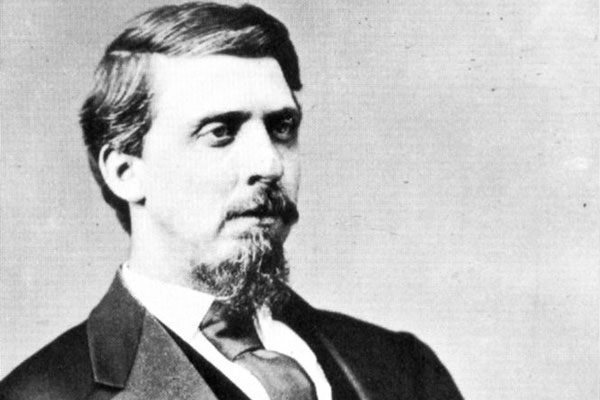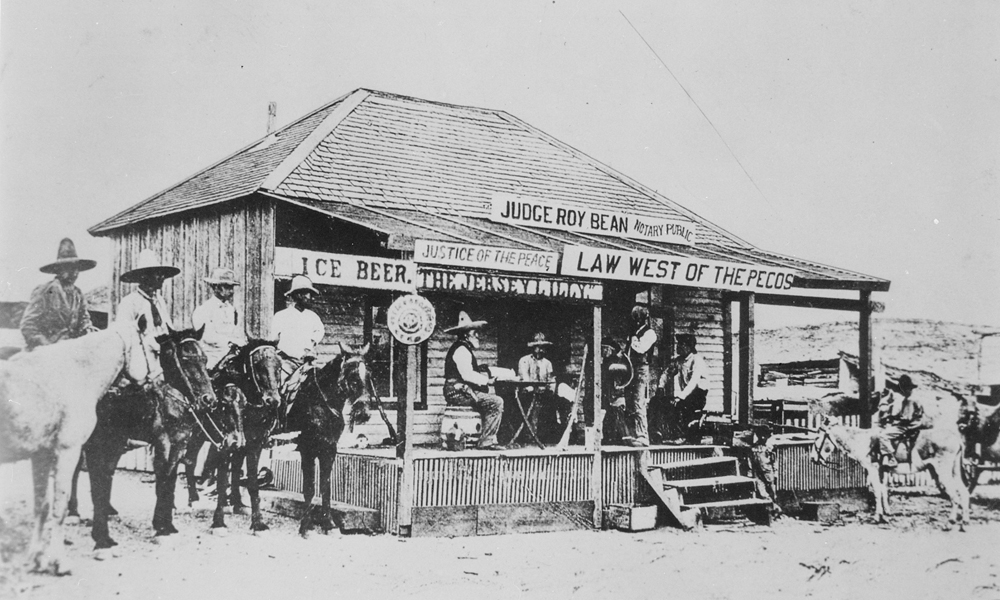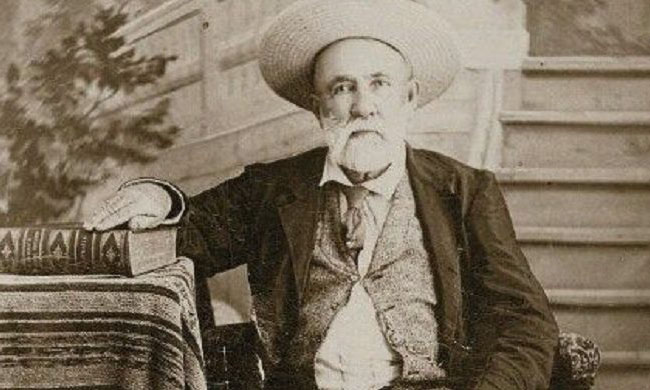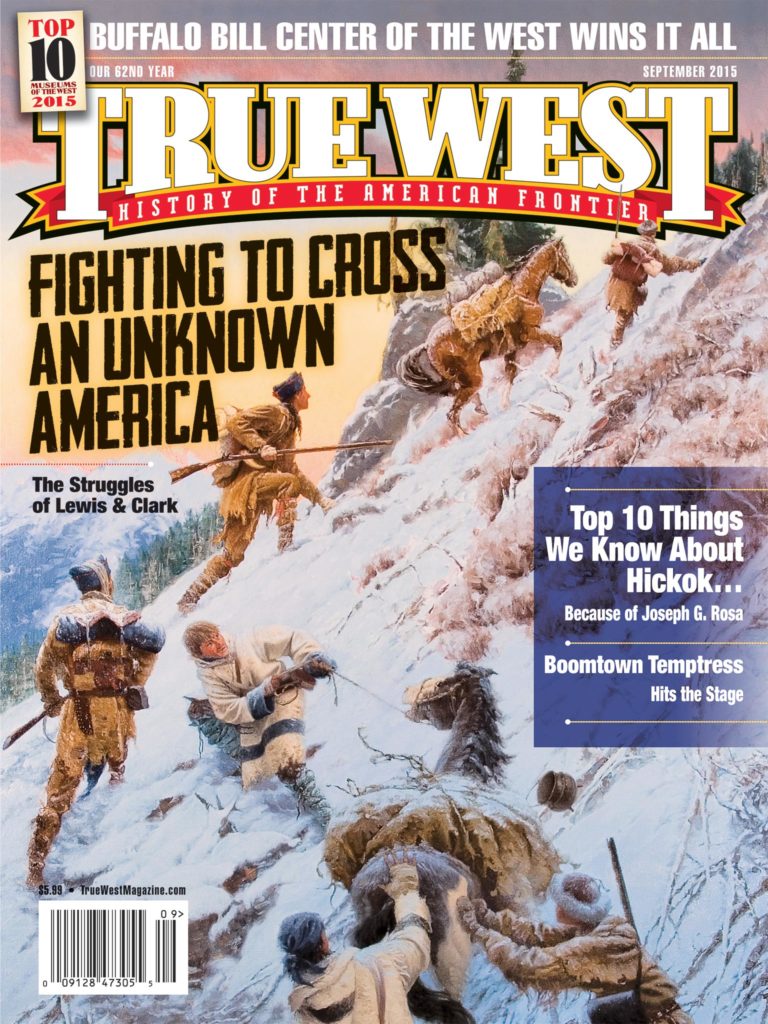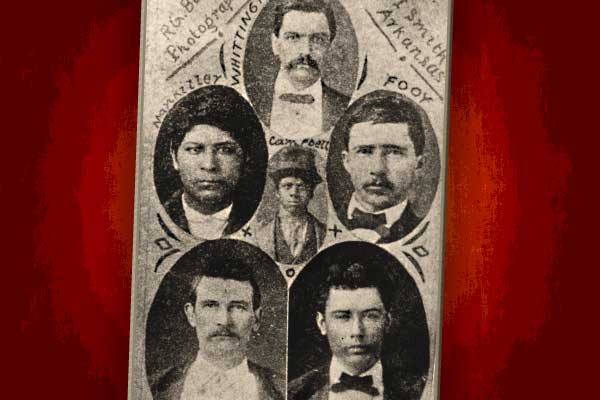 On September 3, 1875—the day six men were hanged in Fort Smith, Arkansas—Isaac Parker earned his nickname, “Hanging Judge.”
On September 3, 1875—the day six men were hanged in Fort Smith, Arkansas—Isaac Parker earned his nickname, “Hanging Judge.”
Parker had not been on the job long, starting as the federal judge over the U.S. District Court for the Western District of Arkansas on May 10. Over the next few months, he sentenced eight convicted murderers to death; one was killed trying to escape, and another got his sentence commuted and was later pardoned.
With a biblical bent, Parker sternly lectured each convicted man on the evil of his deed and pronounced each sentence with, “Farewell forever until the court and you and all here today shall meet together in the general resurrection.”
Six men were left to face the hangman—which worked out well, since the Fort Smith gallows could handle only six at a time.
Daniel Evans, William Whittington, James Moore, Smoker Mankiller, Samuel Fooy and Edmund Campbell got a big send-off: an estimated 5,000 people attended the hanging. They purchased soft drinks, beer, food and souvenirs. It was more like a carnival than a solemn, legal occasion in which people died.
At 9:30 that morning, four clergy and a dozen men accompanied the condemned men to the gallows. The convicts climbed the 12 steps and sat on a bench behind the nooses while the death sentences were read. In a scene reminiscent of the Clint Eastwood Western Hang ’em High, prayers were offered and hymns were sung. Five of the six said last words—including Whittington, who, through a message read by a pastor, gave a somewhat long lecture on the dangers of liquor.
The men—already wearing handcuffs and leg irons—had their arms bound and black masks pulled over their heads. Hangman George Maledon adjusted the nooses around their necks, then walked to the iron lever that triggered the trapdoors. Just before Maledon pulled it, Whittington cried out, “Jesus save me!”
The traps opened. All six men suffered broken necks and died instantly.
Media from across the country covered the event, ensuring that plenty of folks heard about this “hanging judge” who had sent a half-dozen men to eternity—all at the same time.
Only once more, in 1890, would six men die in a mass hanging in Fort Smith. For the most part, either one man or two dropped to eternity at the same time. That held true, even after the mid-1880s, when the gallows was expanded to hold eight simultaneous executions.
Parker lived up to his moniker by hanging another 73 men before he stepped down in August 1896. He had actually ordered 160 men and women to die, but many had sentences commuted or overturned on appeal.
Ironically, the Hanging Judge who sent so many to their deaths opposed the death penalty. As far as history records, he never once watched an execution he ordered.
Despite his personal opinion on the ultimate sentence, Judge Parker stuck to the law—starting with six men who walked to the gallows on September 3, 1875.


